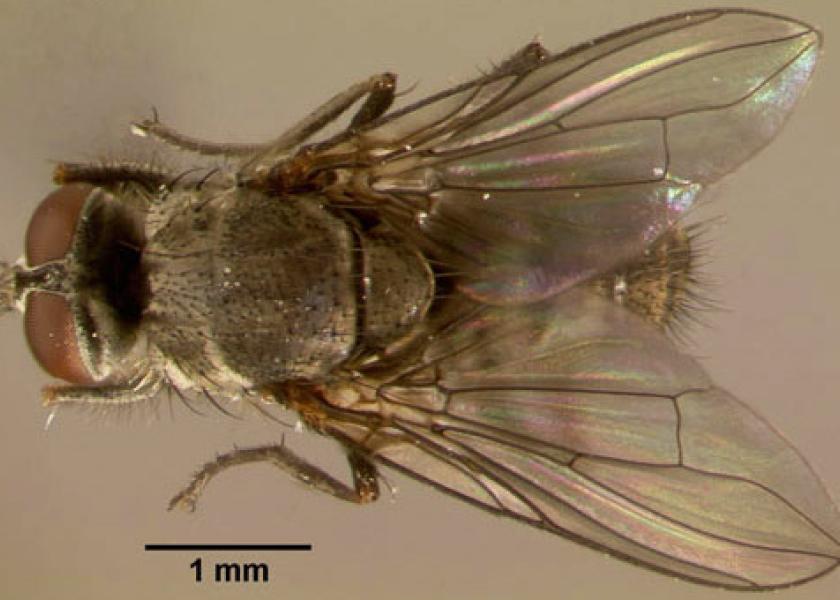Companies Partner to Launch Single-Application Horn Fly Control Bolus

Horn flies continue to be the most economically damaging fly affecting pasture cattle, costing the industry an estimated $1 billion each year in lost production and control costs.
To give cattle producers more flexibility and convenience in their fly control program, Cargill has partnered with Central Life Sciences to develop a feed-through fly control bolus containing Altosid IGR. As the only single-use feed-through fly control solution offered in the market to cattle producers, the new product provides cattle consistent, season-long horn fly control regardless of mineral consumption or location, lasting up to 195 days through a single application.
“Altosid IGR has historically been available in several different feed-through options, and it is now
available in a bolus for the first time,” said Nate Brown, senior business manager of livestock products at
Central Life Sciences.
Altosid IGR XRB delivers horn fly control with the same method utilized in the rest of the Altosid IGR
product line, relying on the animal to distribute the active ingredient in the manure. After the bolus is
orally administered, it settles into the cow’s rumen where it will dissolve over time, releasing the active
ingredient, (S)-methoprene, consistently for up to 195 days. This ensures that cows receive consistent,
season-long horn fly control regardless of mineral consumption.
By controlling horn flies, producers can see a strong return on investment through cattle weight gains of up to 15.8% higher than untreated cattle.*
“We are happy to partner with Central Life Sciences to bring this new form of effective fly control to
market as it aligns with our value of bringing innovative solutions to help producers solve their biggest
challenges,” said Aimee Hafla, innovation and technical lead for Cargill Animal Nutrition’s North American
beef business. “By employing proper horn fly control, such as the Altosid IGR XRB treatment program,
producers can safeguard their cattle’s health and productivity for both present and future generations.”
*Central Life Sciences data on file
Cattle Fly Control: A Comprehensive Explanation and Options
Improve Performance with Effective Fly Control for Cattle
Insecticide Resistance: How to Help Cattle Fight Flies







